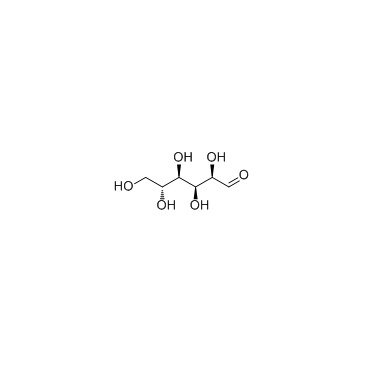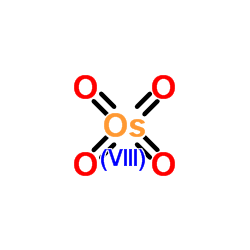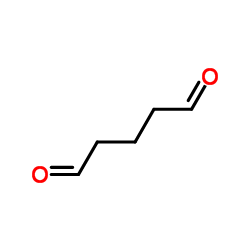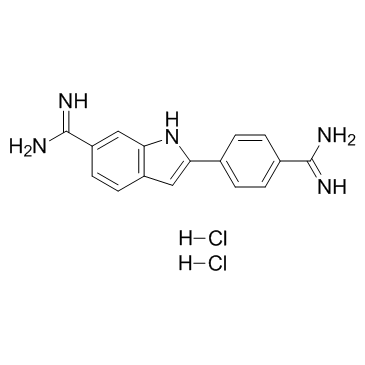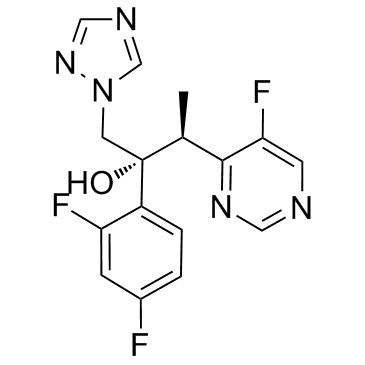mBio
2015-01-01
Identification of a New Class of Antifungals Targeting the Synthesis of Fungal Sphingolipids.
Visesato Mor, Antonella Rella, Amir M Farnoud, Ashutosh Singh, Mansa Munshi, Arielle Bryan, Shamoon Naseem, James B Konopka, Iwao Ojima, Erika Bullesbach, Alan Ashbaugh, Michael J Linke, Melanie Cushion, Margaret Collins, Hari Krishna Ananthula, Larry Sallans, Pankaj B Desai, Nathan P Wiederhold, Annette W Fothergill, William R Kirkpatrick, Thomas Patterson, Lai Hong Wong, Sunita Sinha, Guri Giaever, Corey Nislow, Patrick Flaherty, Xuewen Pan, Gabriele Vargas Cesar, Patricia de Melo Tavares, Susana Frases, Kildare Miranda, Marcio L Rodrigues, Chiara Luberto, Leonardo Nimrichter, Maurizio Del Poeta
文献索引:MBio 6 , e00647, (2015)
全文:HTML全文
摘要
Recent estimates suggest that >300 million people are afflicted by serious fungal infections worldwide. Current antifungal drugs are static and toxic and/or have a narrow spectrum of activity. Thus, there is an urgent need for the development of new antifungal drugs. The fungal sphingolipid glucosylceramide (GlcCer) is critical in promoting virulence of a variety of human-pathogenic fungi. In this study, we screened a synthetic drug library for compounds that target the synthesis of fungal, but not mammalian, GlcCer and found two compounds [N'-(3-bromo-4-hydroxybenzylidene)-2-methylbenzohydrazide (BHBM) and its derivative, 3-bromo-N'-(3-bromo-4-hydroxybenzylidene) benzohydrazide (D0)] that were highly effective in vitro and in vivo against several pathogenic fungi. BHBM and D0 were well tolerated in animals and are highly synergistic or additive to current antifungals. BHBM and D0 significantly affected fungal cell morphology and resulted in the accumulation of intracellular vesicles. Deep-sequencing analysis of drug-resistant mutants revealed that four protein products, encoded by genes APL5, COS111, MKK1, and STE2, which are involved in vesicular transport and cell cycle progression, are targeted by BHBM.Fungal infections are a significant cause of morbidity and mortality worldwide. Current antifungal drugs suffer from various drawbacks, including toxicity, drug resistance, and narrow spectrum of activity. In this study, we have demonstrated that pharmaceutical inhibition of fungal glucosylceramide presents a new opportunity to treat cryptococcosis and various other fungal infections. In addition to being effective against pathogenic fungi, the compounds discovered in this study were well tolerated by animals and additive to current antifungals. These findings suggest that these drugs might pave the way for the development of a new class of antifungals.Copyright © 2015 Mor et al.




